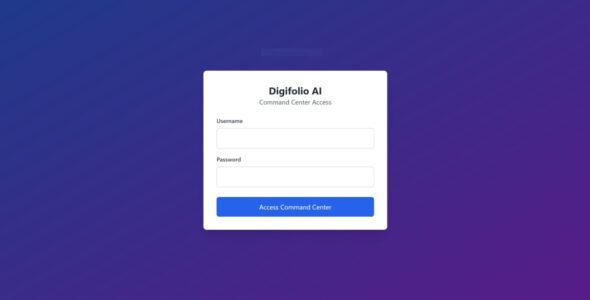Innovative Data Analytics in Real Estate: Beyond Traditional Metrics
The real estate industry is constantly evolving, and data analytics is playing an increasingly important role in helping real estate professionals make informed decisions. Traditional data analytics methods, such as analyzing property prices and rental yields, are still valuable, but they are no longer enough to stay ahead of the competition.
Innovative data analytics techniques are now being used to gain deeper insights into the real estate market, identify new opportunities, and make better decisions. Here are some of the most innovative data analytics approaches that are transforming the real estate industry:
- Sentiment analysis is a technique that uses natural language processing to analyze text data and determine the sentiment or emotional tone behind it. In real estate, sentiment analysis can be used to analyze online reviews, social media posts, and customer feedback. This information can be used to understand how customers perceive a property or real estate company, identify areas for improvement, and improve the customer experience.
- Image recognition is a technology that can be used to identify and categorize objects within images. In real estate, image recognition can be used to analyze property photos and videos to automatically identify property features, such as swimming pools, kitchens, or architectural styles. This information can be used to compare properties, understand property characteristics, and even predict property values.
- Geospatial analytics combines geographic information system (GIS) technology with data analysis to provide insights based on location-based data. In real estate, geospatial analytics can be used to understand local market trends, identify potential investment hotspots, and evaluate the impact of location on property values. By overlaying data on maps, real estate analysts can visualize patterns and correlations that may not be evident in traditional tabular data.
- IoT data integration involves collecting data from Internet of Things (IoT) devices, such as sensors and smart meters. In real estate, IoT data can be used to track energy usage, occupancy rates, and other building performance metrics. This information can be used to optimize energy efficiency, improve tenant satisfaction, and reduce operating costs.
- Predictive analytics uses historical data and machine learning algorithms to forecast future outcomes. In real estate, predictive analytics can be used to predict property prices, rental demand, and occupancy rates. This information can be used to make informed investment decisions, mitigate risk, and optimize property management.
These are just a few of the innovative data analytics techniques that are being used in the real estate industry. As technology continues to evolve, we can expect to see even more innovative data analytics approaches being developed in the years to come.
By embracing innovative data analytics, real estate professionals can gain a competitive edge and make better decisions that will help them succeed in this dynamic and evolving industry.





